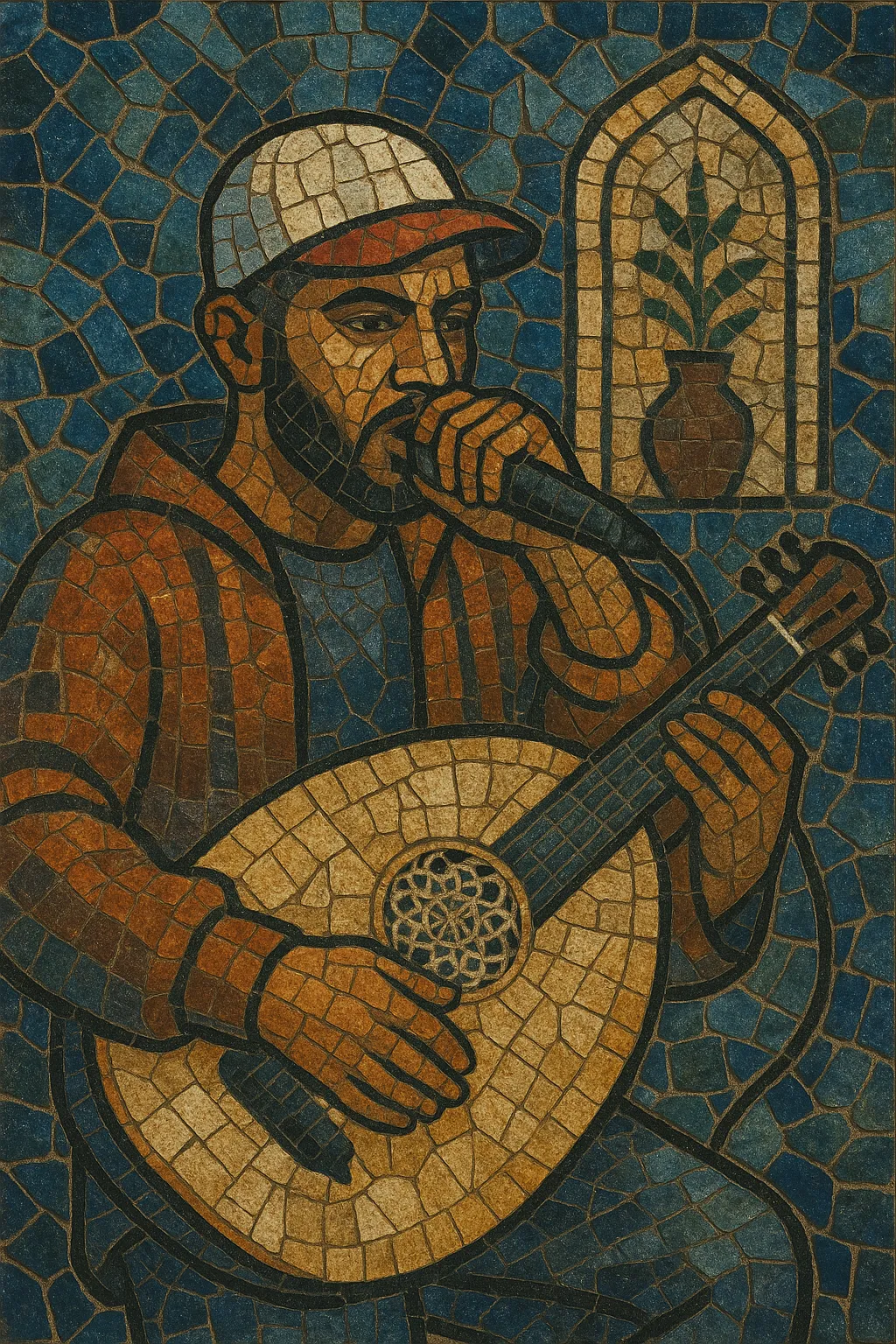Arabic hip hop blends the core elements of global hip hop—MCing, DJing/production, beatboxing, and street culture—with Arabic dialects, rhythms, and melodic aesthetics. Artists rap in Darija (Moroccan Arabic), Tunisian, Algerian, Egyptian Arabic, Levantine Arabic, and sometimes Classical Arabic, often code‑switching with French or English.
Musically, producers fuse boom bap and trap frameworks with Middle Eastern/North African timbres: sampled oud, qanun, ney, and gnawa lila grooves; darbuka/riq/frame‑drum patterns (maqsum, baladi); and maqam‑inspired melodies (Hijaz, Nahawand, Kurd, Bayati). Lyrically, it spans street narratives, social critique, identity and migration, humor, and celebration, maintaining hip hop’s tradition of sharp wordplay and storytelling.
Arabic hip hop took shape in the 1990s as hip hop culture spread across the Maghreb and the Levant. Early crews in Algeria and Morocco experimented with rapping in local dialects over rudimentary beats, tape loops, and DJ sets, inspired by American boom bap and West Coast styles while drawing on raï, shaabi, and North African percussion. By the late 1990s, pioneering groups and solo MCs were performing in community spaces and on pirate radio, laying the groundwork for regional scenes.
The 2000s brought improved home‑studio access and the internet, enabling wider circulation. Palestinian group DAM (formed 1999) gained international attention with socially engaged tracks; Lebanon, Tunisia, Morocco, and Egypt developed distinct scenes with dialect‑rich lyricism and social commentary. Moroccan acts like Don Bigg and H‑Kayne professionalized the sound, while Tunisian and Algerian artists leveraged satellite TV and early YouTube to reach diasporas across Europe and the Gulf.
During the Arab Spring, rap became a megaphone for youth expression. El General’s “Rais Lebled” (Tunisia) became emblematic of protest music and demonstrated the immediacy of social media distribution. Producers increasingly blended trap drums, auto‑tuned hooks, and local melodic motifs, while diaspora collaborations (France, UK, Germany) facilitated higher‑end production and cross‑market momentum.
Streaming platforms and affordable production tools catalyzed a surge of artists and sub‑scenes. Morocco emerged as a powerhouse (Dizzy DROS, ElGrandeToto), Egypt’s trap generation (Wegz, Marwan Moussa) built massive domestic audiences, and the Levant’s experimentalists (El Rass) expanded the genre’s sonic palette. The sound now ranges from gritty boom bap to polished trap hybrids, often integrating gnawa grooves, Maqam‑based hooks, and festival‑ready club energy. Arabic hip hop has become a regional mainstream force while retaining its role as a vehicle for social observation and cultural pride.


